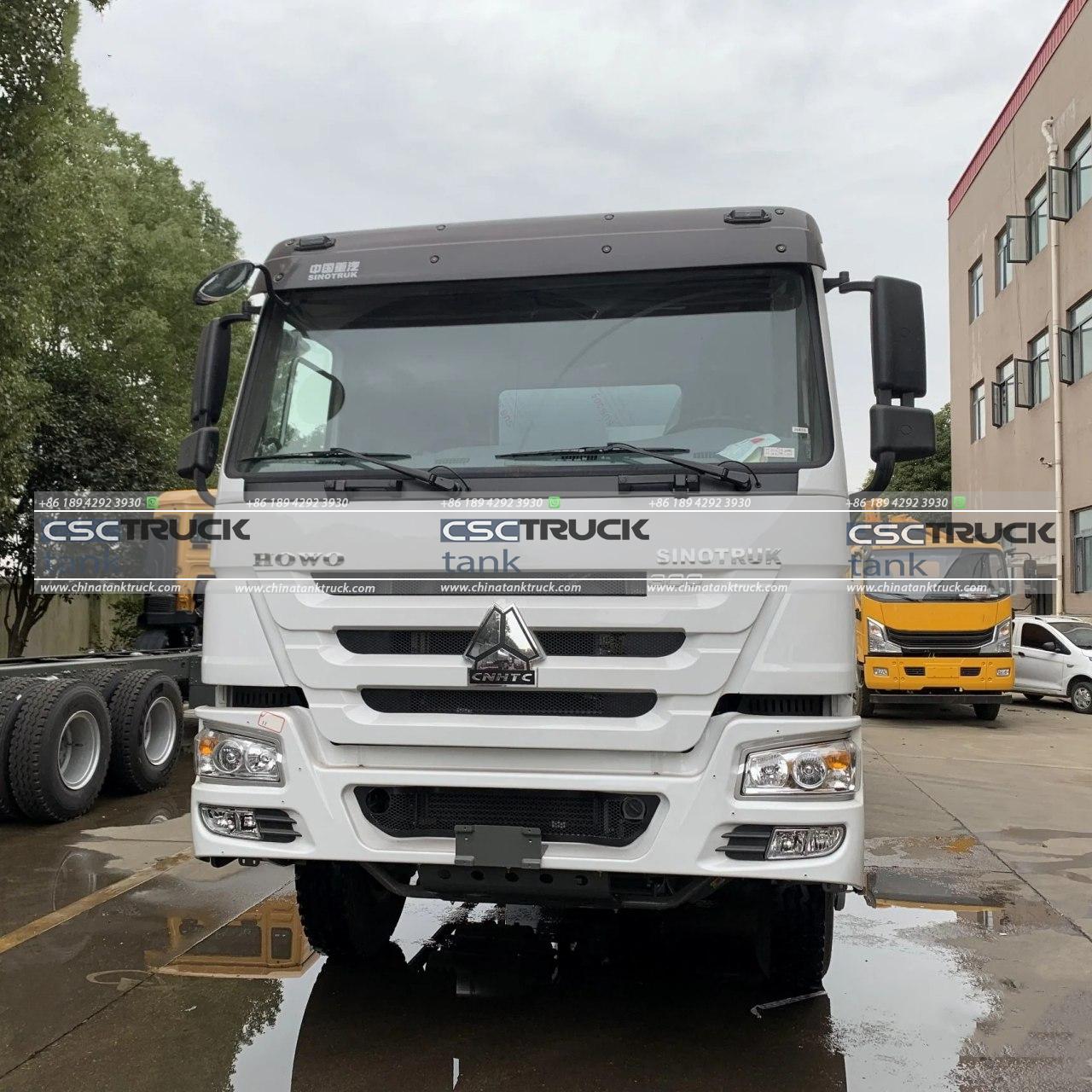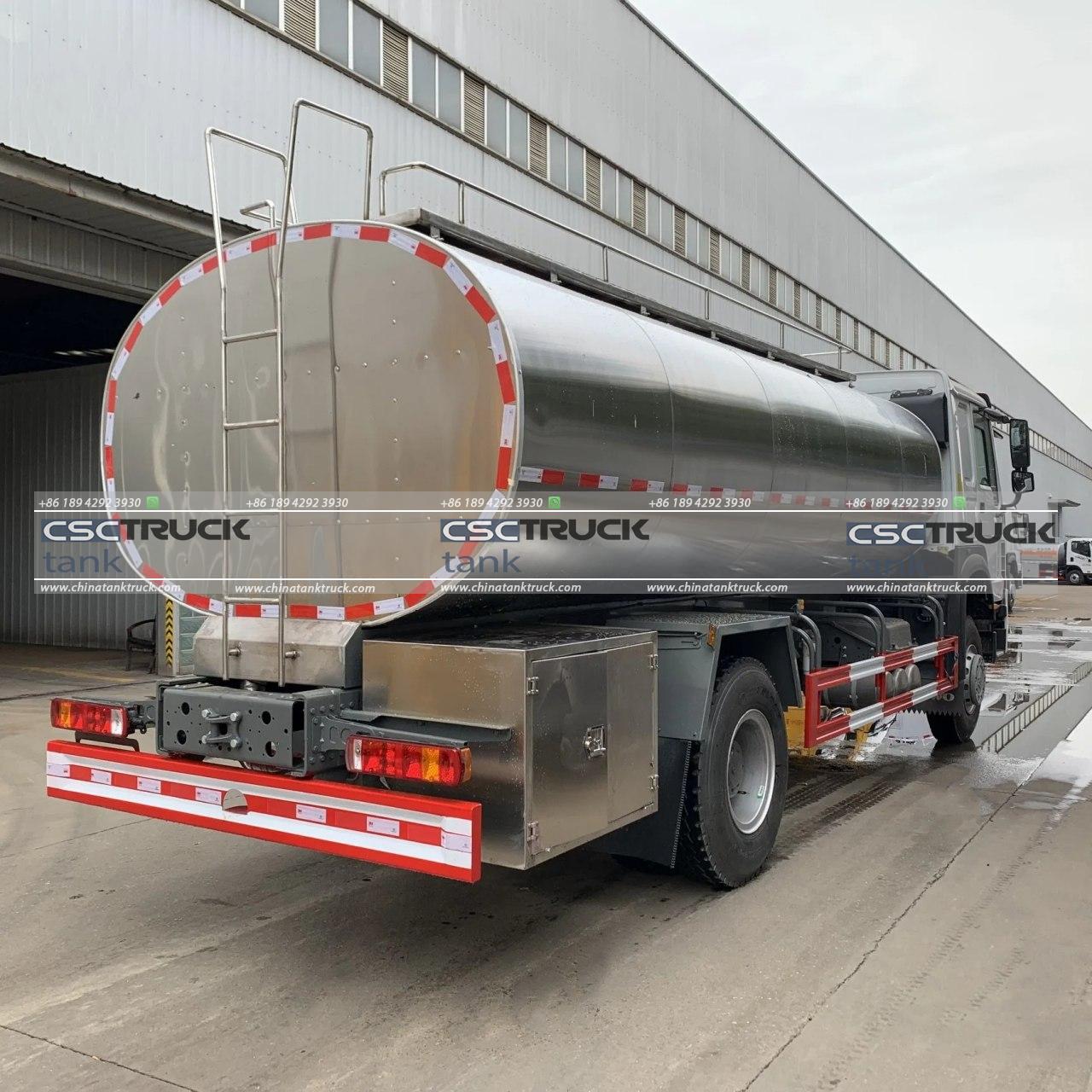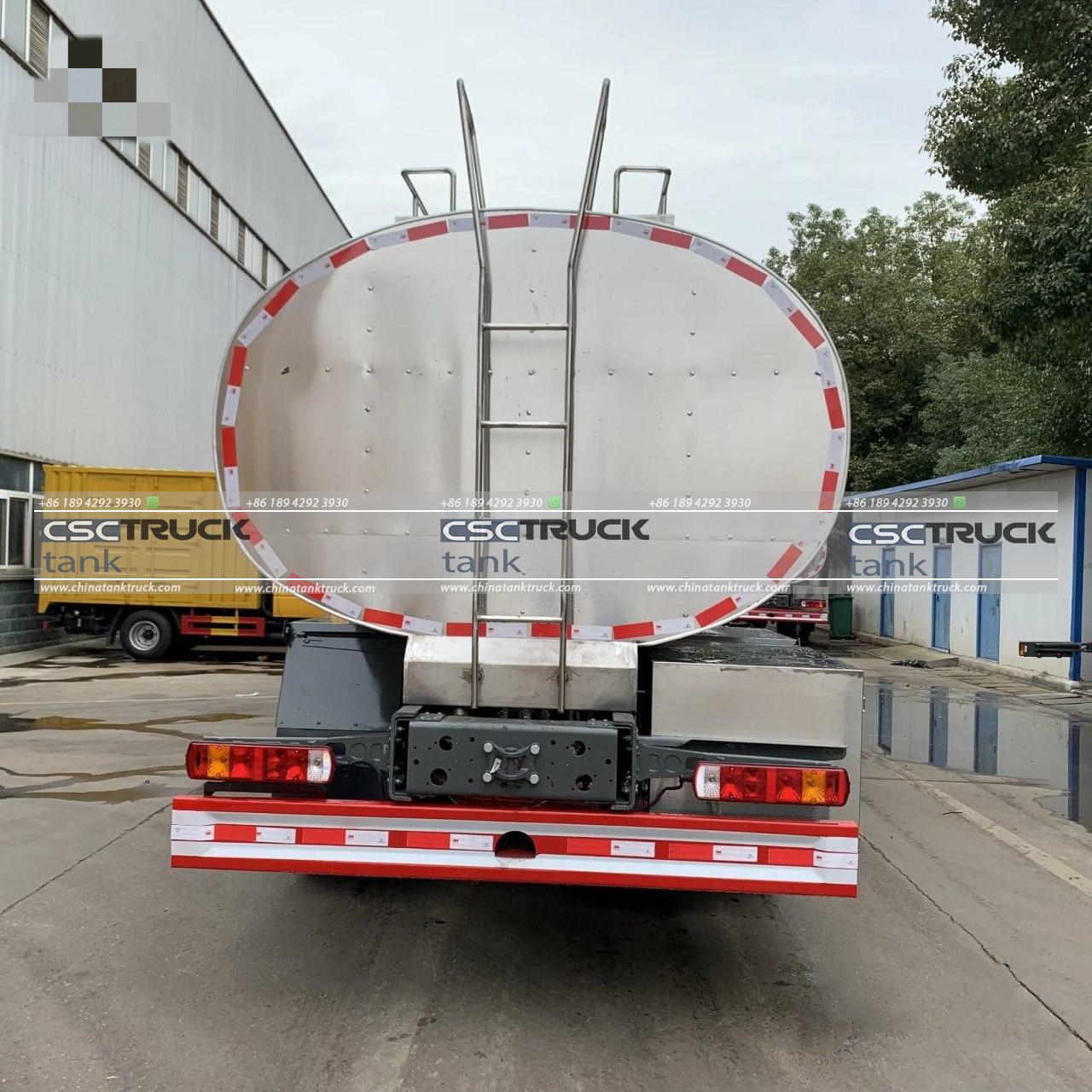What is a Type 3 Chemical Tanker?
A Type 3 chemical tanker is a specialized vessel used for the transportation of hazardous chemicals in bulk. It is specifically designed to carry less dangerous chemicals than those transported by Type 1 or Type 2 tankers. The classification of chemical tankers into Type 1, Type 2, and Type 3 is based on the level of hazard posed by the substances being transported, as well as the design and safety features required for the vessel.
Chemical tankers are critical components of the global shipping industry, playing a key role in the movement of chemicals, liquefied gases, and other hazardous substances between continents. These vessels need to comply with stringent international regulations to ensure the safety of the ship’s crew, the environment, and the cargo itself.
In this article, we’ll explore the design, safety features, cargo handling systems, and regulations associated with Type 3 chemical tankers.
Classification of Chemical Tankers
The International Maritime Organization (IMO), through its **International Code for the Construction and Equipment of Ships Carrying Dangerous Chemicals in Bulk** (IBC Code), defines 3 types of chemical tankers based on the nature of the cargo they carry:
1. Type 1 Tankers: The most stringent requirements, are designed to carry highly hazardous chemicals that pose significant risks to the environment and public health in the event of an accident. They have the highest level of structural integrity and safety features.
2. Type 2 Tankers: Carry moderately hazardous chemicals that still require significant safeguards, but the consequences of spillage or contamination are less severe than those of Type 1 chemicals.
3. Type 3 Tankers: These tankers are designed for carrying chemicals that pose a relatively lower risk compared to those carried by Type 1 and Type 2 tankers. While the potential hazards are less severe, they still require specific safety precautions to prevent environmental damage and ensure the safe transportation of cargo.

Design and Construction of Type 3 Chemical Tankers
The design of a Type 3 chemical tanker is influenced by several factors, including the nature of the cargo it carries, safety requirements, and operational efficiency. Though less demanding than Type 1 or Type 2 vessels, Type 3 tankers still adhere to strict guidelines, particularly regarding hull strength, cargo tank design, and separation of cargo.
1. Hull Design
Type 3 tankers typically have a double hull design, which provides an additional layer of protection in case of a breach. The double hull minimizes the risk of cargo leakage in case of a collision or grounding. The space between the 2 hulls acts as a buffer zone, reducing the likelihood of the chemical cargo coming into direct contact with the environment.
The structural integrity of Type 3 tankers is robust but less stringent compared to Type 1 and Type 2 ships. However, they must still be able to withstand various stresses encountered during sea voyages, such as wave forces, cargo movement, and environmental factors like temperature changes.
2. Cargo Tanks
One of the most critical aspects of a chemical tanker’s design is its cargo tanks, which are specially constructed to handle the specific types of chemicals transported. Type 3 chemical tankers have independent cargo tanks that can be constructed from stainless steel or specialized coatings that are resistant to corrosion and chemical degradation.
The cargo tanks may be segregated, allowing the vessel to carry multiple chemicals simultaneously. Each tank is equipped with individual piping systems to prevent contamination between cargoes. This feature allows Type 3 tankers to operate efficiently, optimizing their cargo capacity.
3. Cargo Heating and Cooling Systems
Some chemicals require specific temperature ranges to remain stable during transit. Therefore, Type 3 chemical tankers may be equipped with heating or cooling systems to maintain the temperature needed for the cargo. Heating is often achieved through steam coils or thermal oil systems while cooling systems involve refrigerants to keep the cargo at low temperatures.
Safety Features of Type 3 Chemical Tankers
Safety is paramount when transporting hazardous chemicals, and even though Type 3 tankers carry relatively less dangerous substances, they must still adhere to various safety standards.
1. Gas Detection and Monitoring Systems
Type 3 chemical tankers are equipped with gas detection systems to monitor for leaks or the release of toxic fumes from the cargo. These detection systems can trigger alarms and alert the crew to potential hazards, allowing them to take immediate action.
2. Inert Gas Systems
The inert gas system is a key safety feature of chemical tankers. It involves filling the cargo tanks with an inert gas, typically nitrogen, to reduce the risk of explosions or fires by eliminating oxygen from the atmosphere within the tanks. This system is particularly important when transporting flammable chemicals.
3. Pressure and Temperature Monitoring
In addition to gas detection, pressure, and temperature monitoring systems are in place to ensure that the cargo remains within safe operational limits. Any deviation from the prescribed parameters can trigger an automatic response, such as the activation of cooling systems or pressure-release valves.
4. Fire Suppression Systems
Even though the cargo carried by Type 3 tankers may not be as hazardous as that of Type 1 or Type 2 tankers, fire is still a significant risk. Therefore, these vessels are equipped with fire suppression systems, including CO2 systems, foam systems, and water spray systems, which can be activated in case of an emergency.

Cargo Handling Systems on Type 3 Chemical Tankers
Efficient and safe cargo handling is essential for the operation of a chemical tanker. Type 3 chemical tankers are equipped with pump systems, cargo hoses, and manifolds to load and discharge chemicals safely.
1. Pumping Systems
Cargo transfer is typically performed using centrifugal or screw pumps designed to handle a wide range of viscosities and chemical compositions. Each cargo tank has its dedicated pump, allowing for the simultaneous handling of different cargoes.
2. Closed Loading and Unloading Systems
To minimize the release of toxic or hazardous vapors during cargo operations, closed loading and unloading systems are used. These systems prevent exposure to the atmosphere, thereby protecting both the crew and the environment.
Regulations Governing Type 3 Chemical Tankers
Type 3 chemical tankers must comply with various international regulations to ensure safety and environmental protection. The primary regulatory framework governing chemical tankers is the IBC Code under the International Convention for the Prevention of Pollution from Ships (MARPOL).
1. IBC Code
The IBC Code specifies the design, construction, and operational requirements for chemical tankers. Type 3 chemical tankers must meet the standards outlined in the code, which cover everything from the type of cargo that can be carried to safety equipment and procedures.
2. MARPOL Annex II
This section of MARPOL deals specifically with the prevention of pollution from harmful substances carried in bulk. It classifies chemicals into different categories based on their impact on the marine environment and specifies the equipment and procedures required for their safe transportation.

Conclusion
A Type 3 chemical tanker is a versatile and essential vessel for transporting lower-risk chemicals in bulk. While it is subject to fewer stringent design and safety requirements compared to Type 1 and Type 2 tankers, the ship must still meet international regulations to ensure safe and efficient operations. From its specialized cargo tanks to its comprehensive safety systems, the Type 3 chemical tanker plays a crucial role in maintaining the safe and responsible transport of chemicals across the world.

